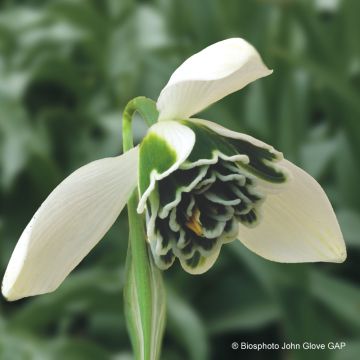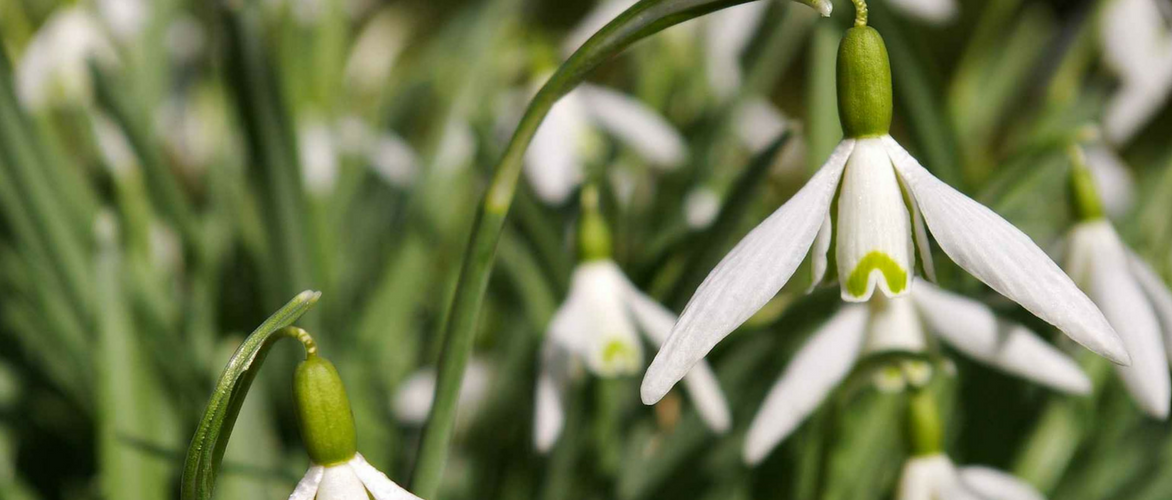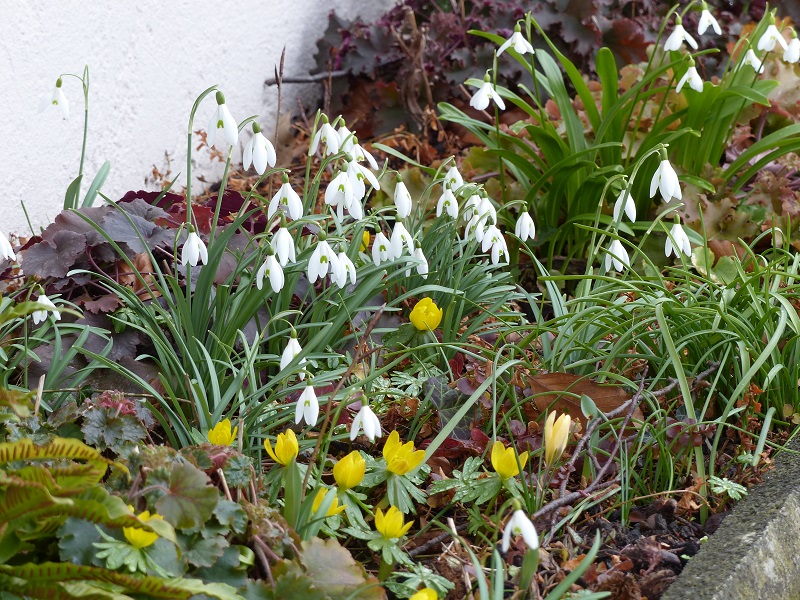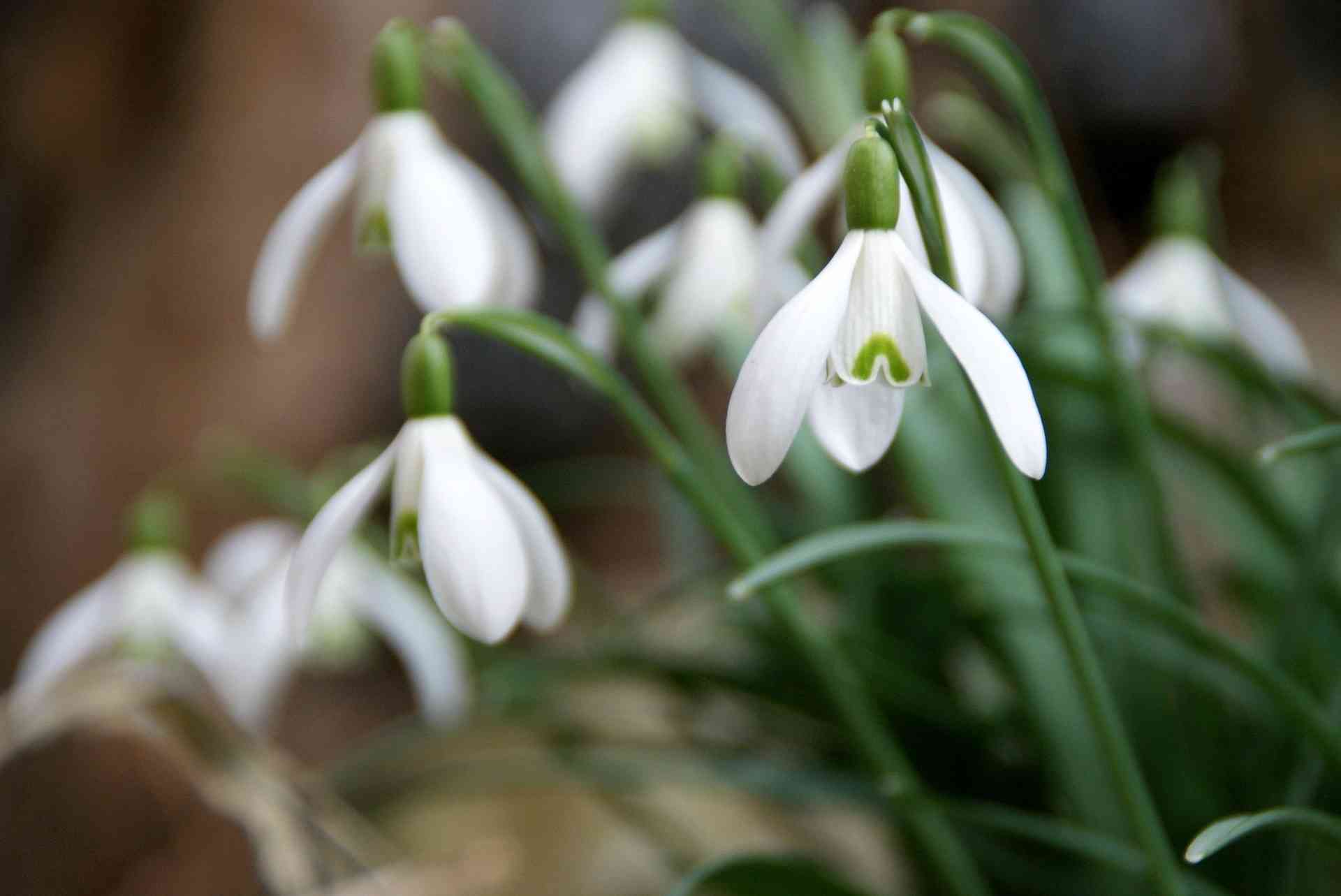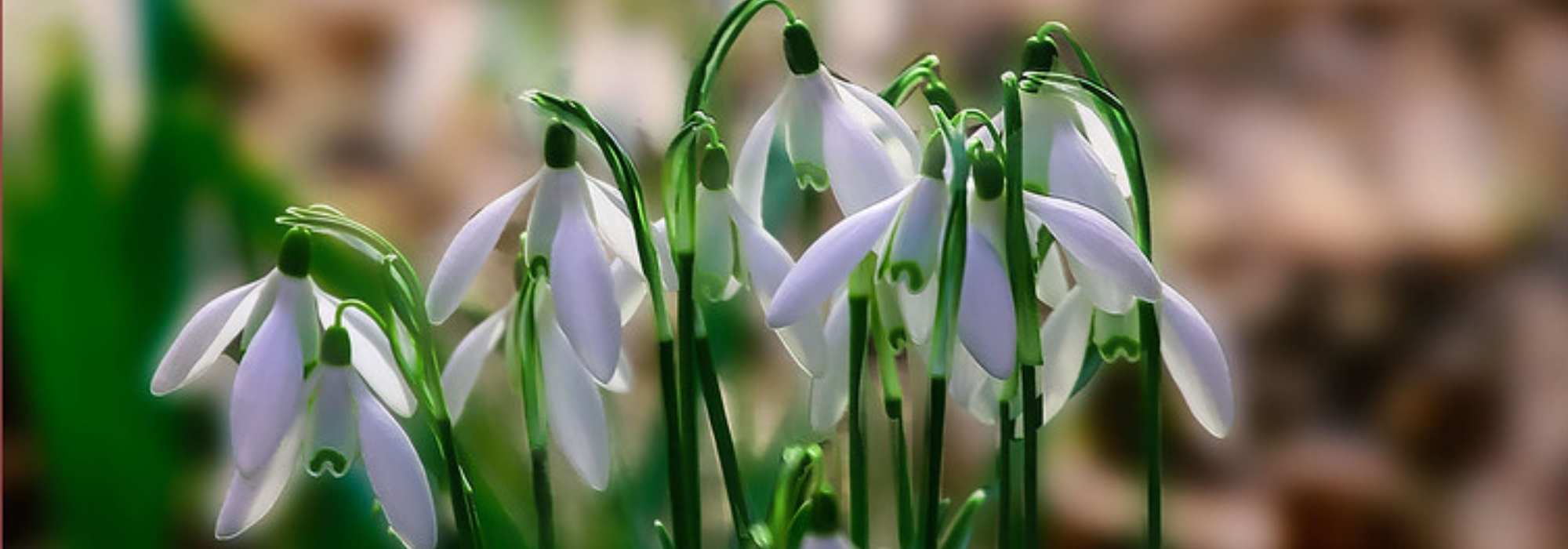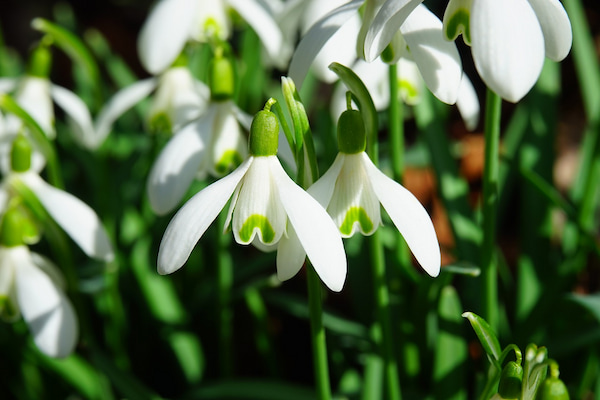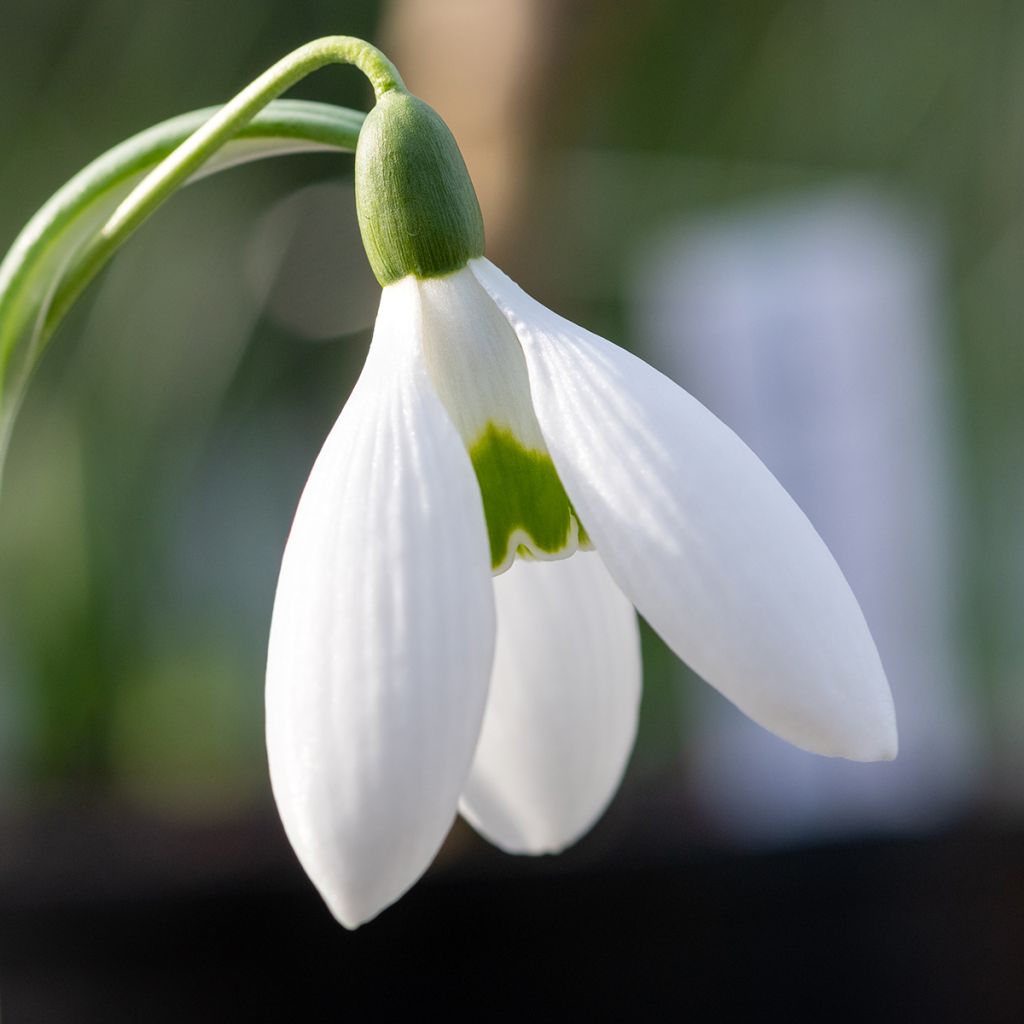

Perce-neige - Galanthus elwesii
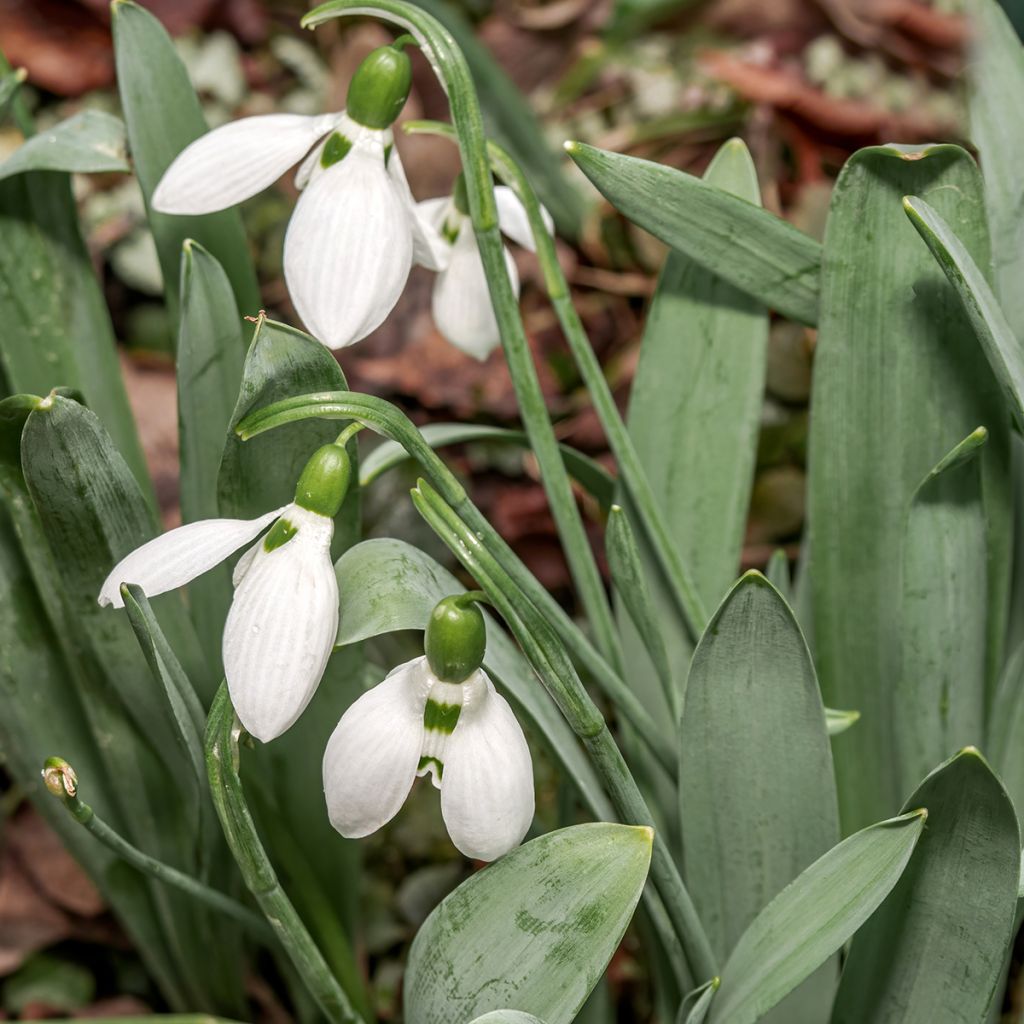

Perce-neige - Galanthus elwesii
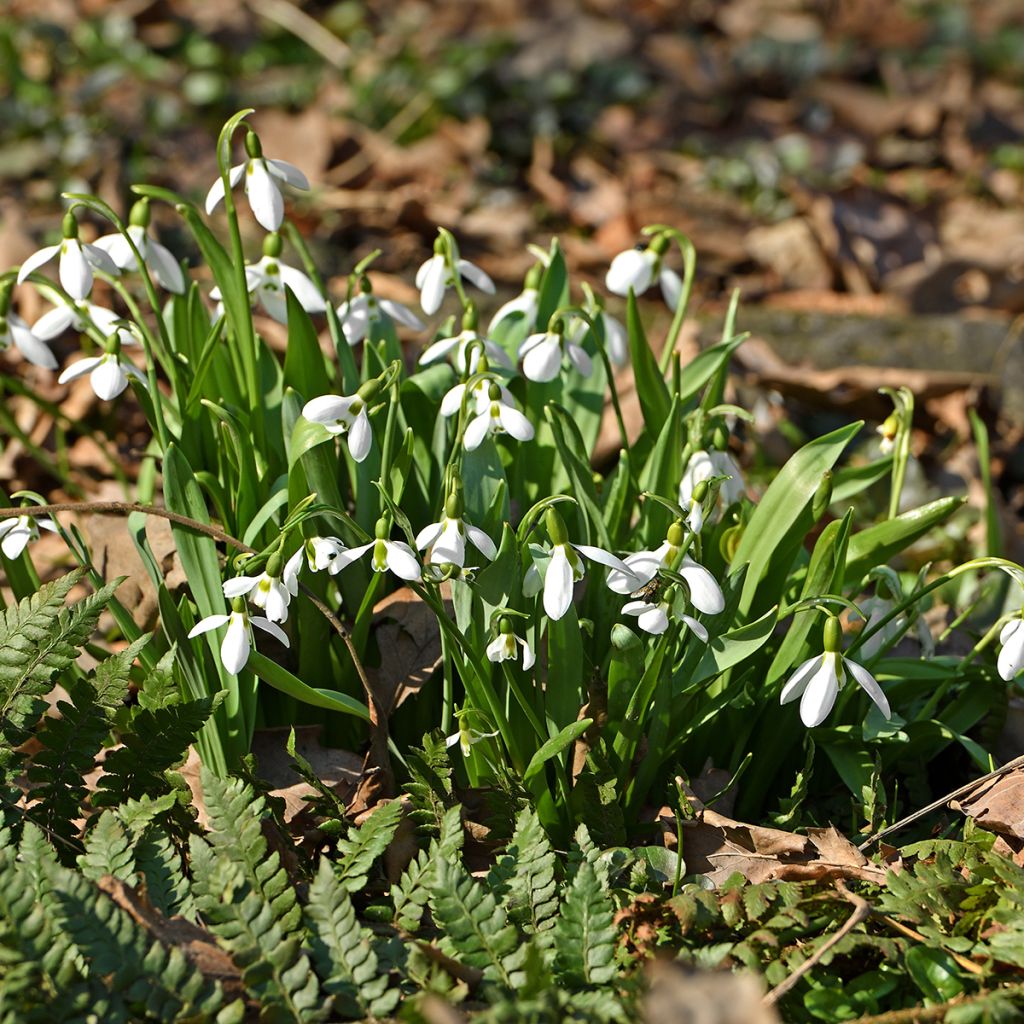

Perce-neige - Galanthus elwesii
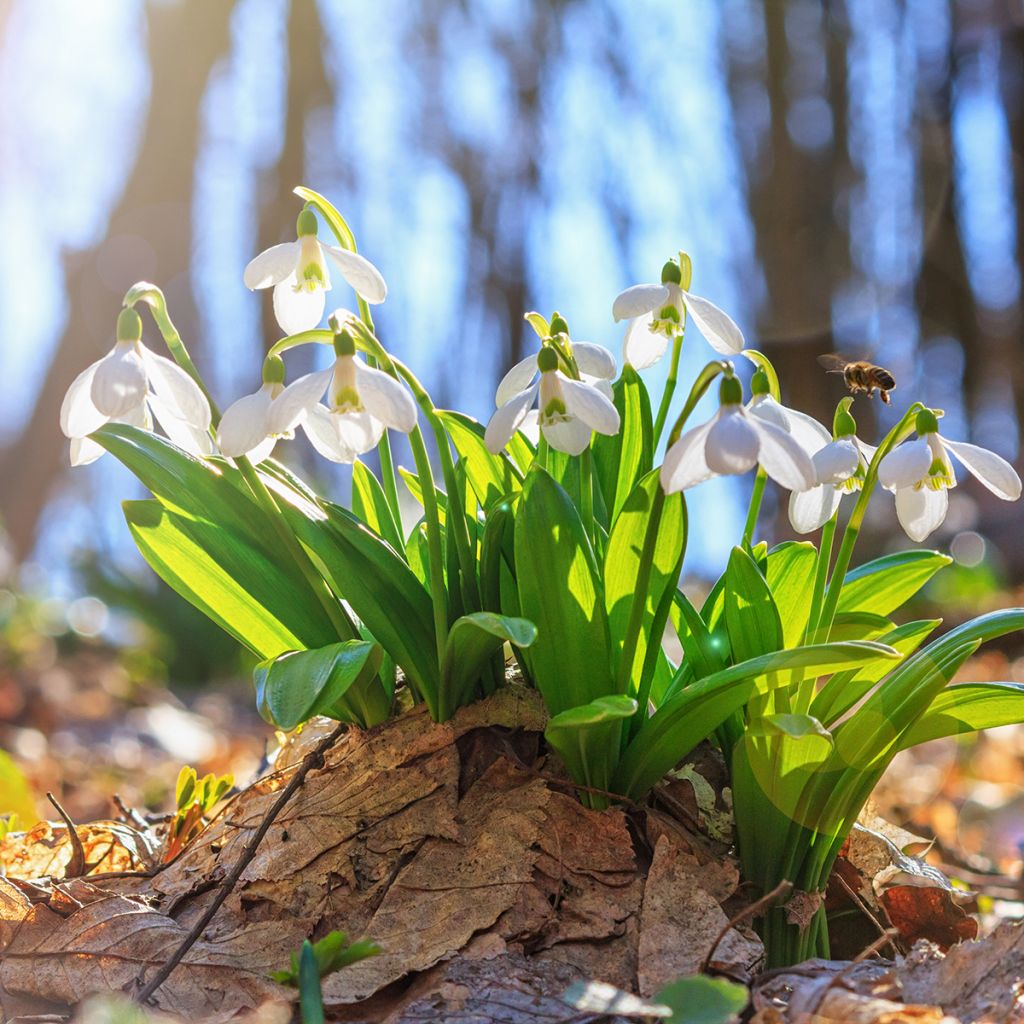

Perce-neige - Galanthus elwesii
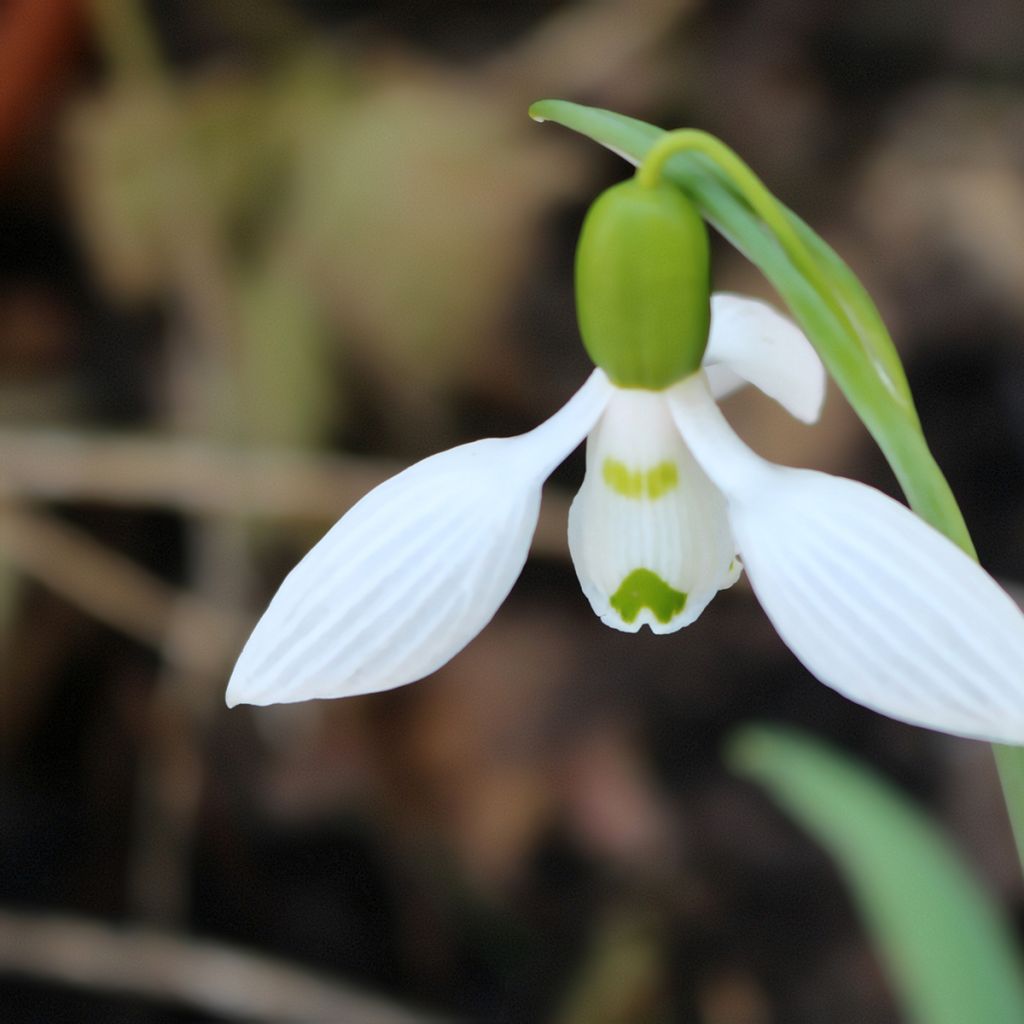

Perce-neige - Galanthus elwesii
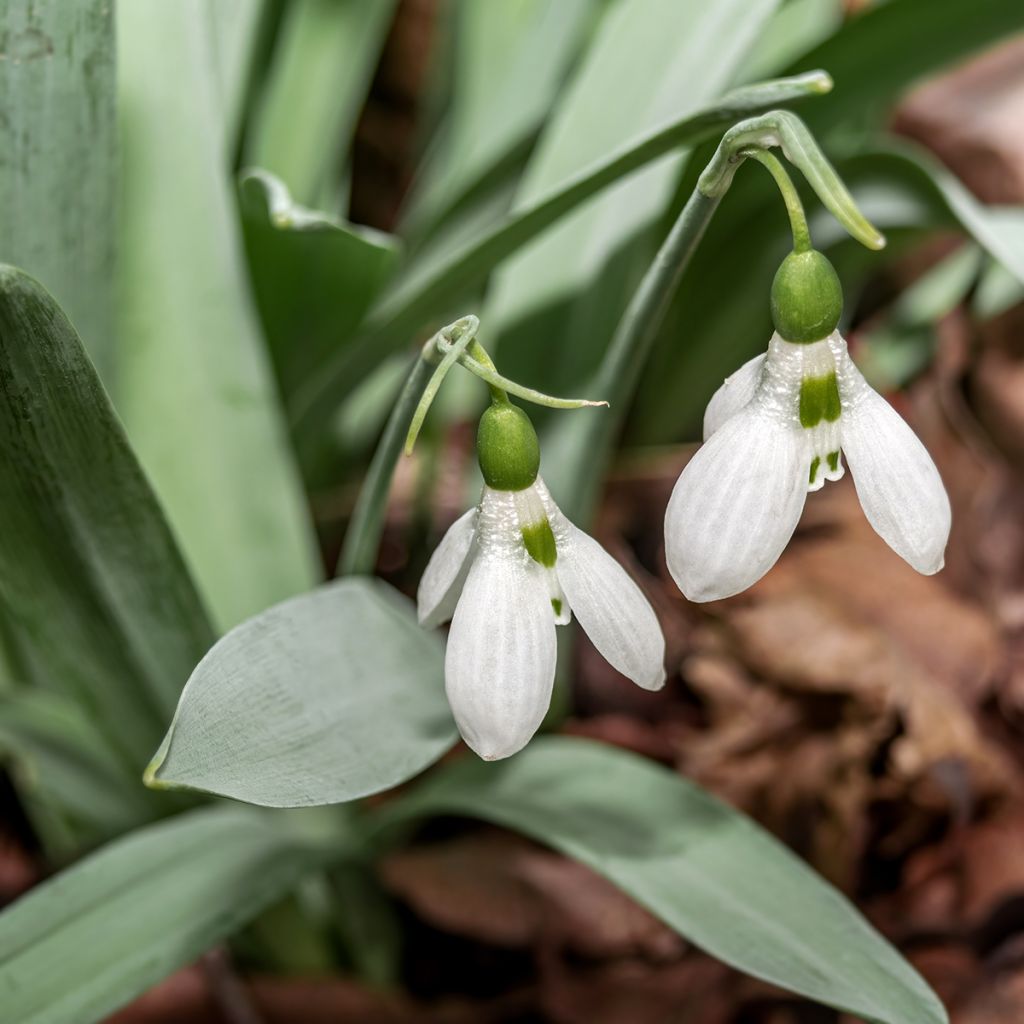

Perce-neige - Galanthus elwesii
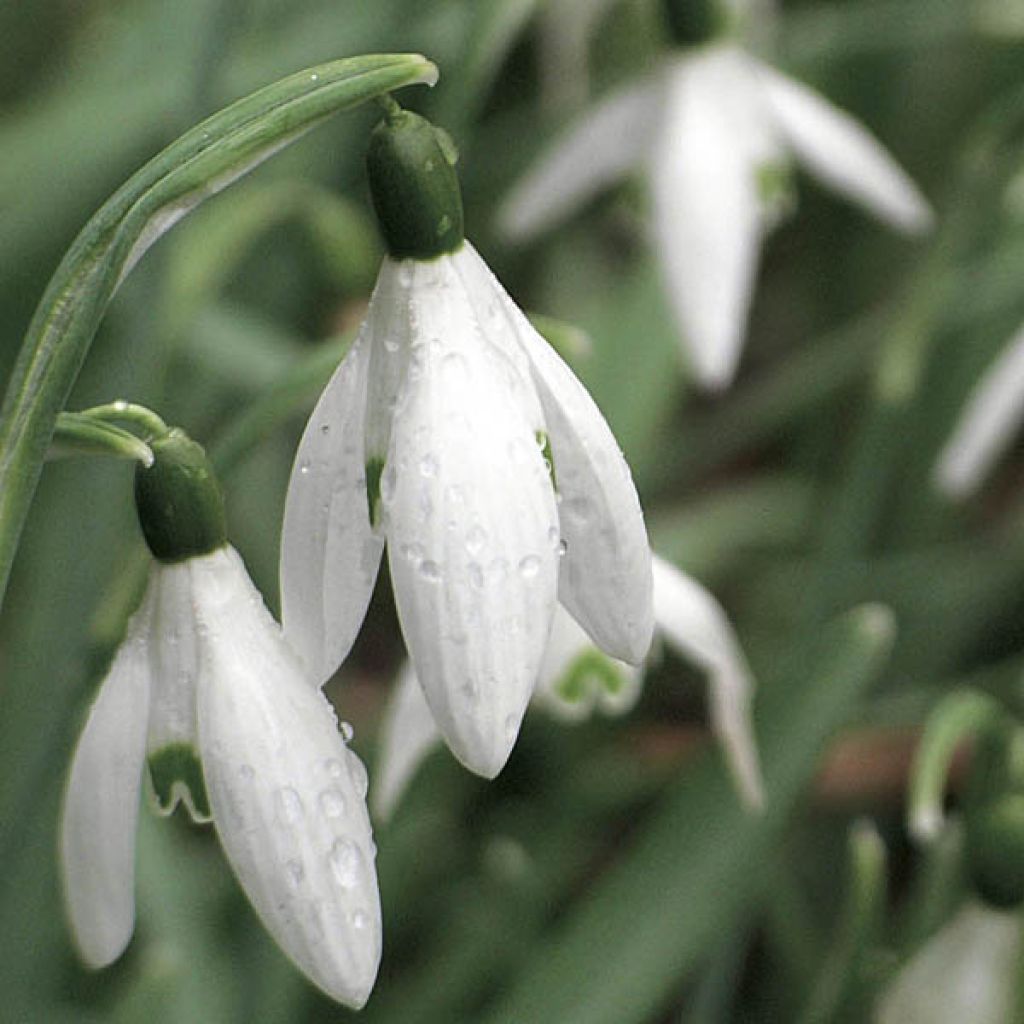

Perce-Neige Simple - Galanthus Elwesii
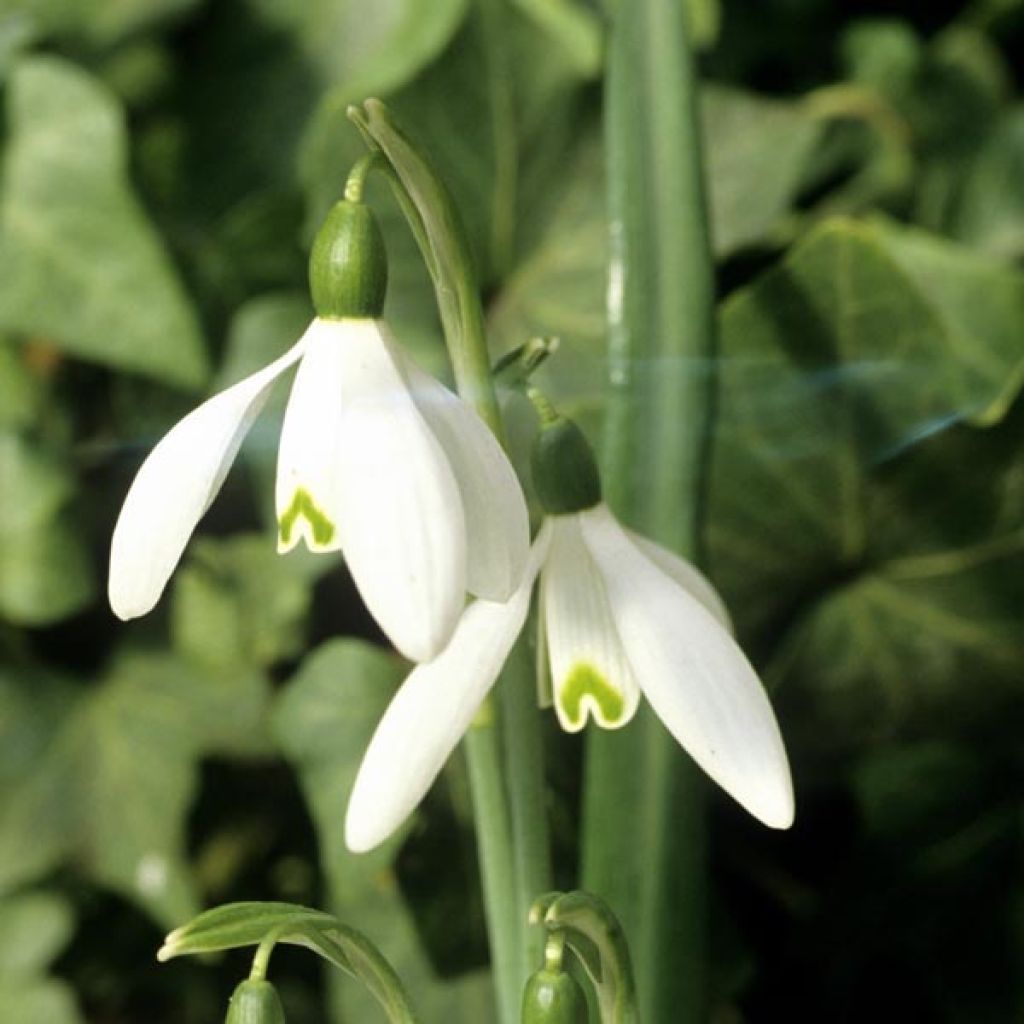

Perce-Neige Simple - Galanthus Elwesii
Galanthus elwesii
Galanthus elwesii
Greater snowdrop, Elwes's snowdrop
Special offer!
Receive a €20 voucher for any order over €90 (excluding delivery costs, credit notes, and plastic-free options)!
1- Add your favorite plants to your cart.
2- Once you have reached €90, confirm your order (you can even choose the delivery date!).
3- As soon as your order is shipped, you will receive an email containing your voucher code, valid for 3 months (90 days).
Your voucher is unique and can only be used once, for any order with a minimum value of €20, excluding delivery costs.
Can be combined with other current offers, non-divisible and non-refundable.
Why not try an alternative variety in stock?
View all →This plant carries a 6 months recovery warranty
More information
We guarantee the quality of our plants for a full growing cycle, and will replace at our expense any plant that fails to recover under normal climatic and planting conditions.


Does this plant fit my garden?
Set up your Plantfit profile →
Description
Galanthus elwesii is the largest of all snowdrops, and perhaps the most charming. This vigorous and prolific bulbous plant, also known as the greater snowdrop, develops taller and wider leaves than the species usually found in our gardens. It captivates with the delicacy and grace of its long, white, pendulous flowers, which appear as early as the end of winter. In the garden, plant its bulbs in groups of 20 or 30, on a bank, in a shaded border, or at the base of deciduous bushes. It is a faithful plant that is easy to grow and naturalise in moist soil. It self-seeds spontaneously.
Galanthus elwesii belongs to the Amaryllidaceae family. This species is naturally found in northeastern and southeastern Anatolia, Bulgaria, Greece, Turkey, Ukraine, and former Yugoslavia. It was discovered in 1854 and introduced to Europe in 1874. In nature, it is found in deciduous and coniferous woods covered with snow in winter, usually exposed to the North. It is a hardy bulbous plant, preferring rather calcareous, well-drained soil that remains somewhat moist even in summer.
It is composed of an oval to spherical bulb measuring 1.5cm (1in) in diameter. In late winter (February-March), two broad, flat leaves emerge along with the flower stems. These leaves are somewhat hooded at their tips, with a clearly visible central vein. They are glaucous green on both sides. The whole plant measures about 12cm (5in) in height. The flower stems rise 20 to 25cm (8 to 10in) above the ground. Each stem bears a solitary bell-shaped, pendulous flower. Each flower consists of 6 tepals: 3 long outer petals of pure white, surrounding 3 much shorter inner tepals, usually bearing two green marks, one at the top in the shape of a 'V' and the other at the base. They emit a light fragrance and are popular with insects. After pollination, green, globose fruits containing seeds develop. The foliage naturally dries up a few weeks after flowering, marking the plant's entry into a resting period.
This snowdrop is one of the first flowers to appear in spring, along with Crocus chrysanthus, Christmas roses, and scillas. For variety, you can plant it with Fritillaria meleagris, hyacinths, and Cyclamen coum. It will thrive in a moist rockery, along with creeping bugle or a small, easy-to-grow fern called Blechnum penna-marina: they will occupy the space left by the snowdops once their foliage has dried up. It is ideal for light woodland, preceding the flowering of bleeding hearts and corydalis. In cool climates, it tolerates sunny exposures on the edge of a border. It also thrives well in pots.
Galanthus elwesii in pictures
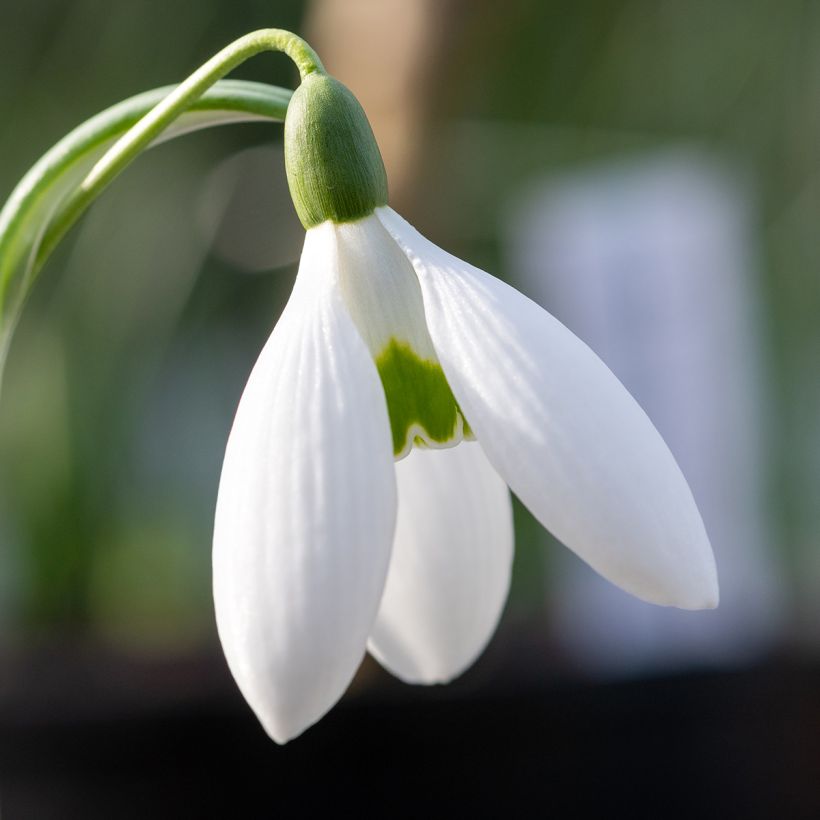

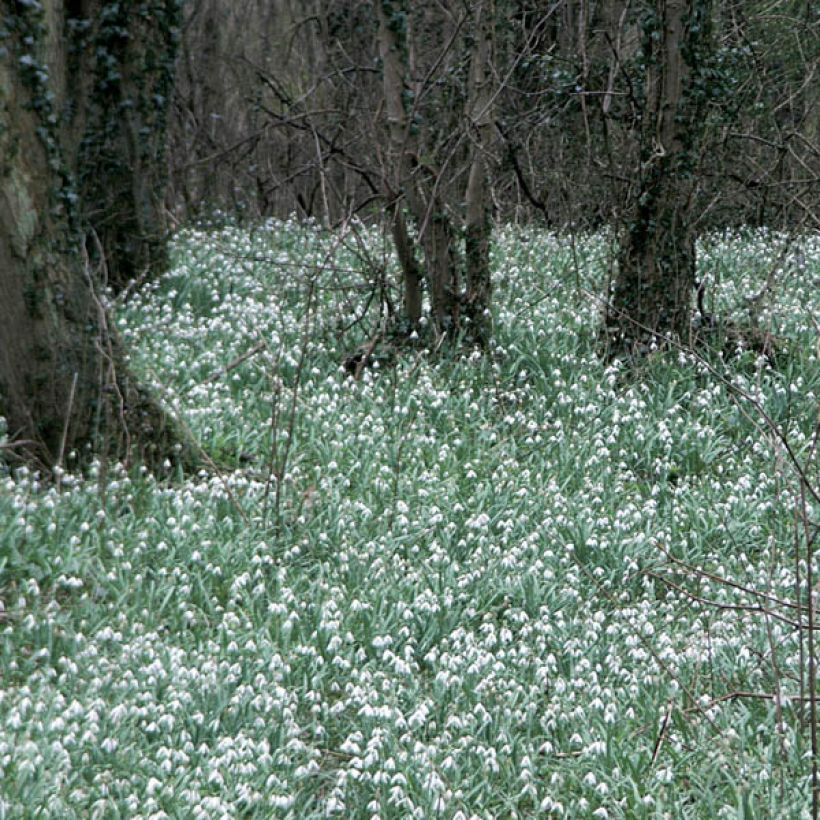

Plant habit
Flowering
Foliage
Botanical data
Galanthus
elwesii
Amaryllidaceae
Greater snowdrop, Elwes's snowdrop
Planting and care
Plant the snowdrop bulbs as soon as possible, from September to November. Plant them at a depth of 8cm (3in), spaced 5cm (2in) apart, in groups of at least 15 or 20. After that, the cultivation requires little care. We recommend leaving the clumps in place for several years. They will naturally proliferate in any soil that is more on the alkaline side and remains somewhat moist even in summer.
Planting period
Intended location
Care
Planting & care advice
-
, onOrder confirmed
Reply from on Promesse de fleurs
Haven't found what you were looking for?
Hardiness is the lowest winter temperature a plant can endure without suffering serious damage or even dying. However, hardiness is affected by location (a sheltered area, such as a patio), protection (winter cover) and soil type (hardiness is improved by well-drained soil).

Photo Sharing Terms & Conditions
In order to encourage gardeners to interact and share their experiences, Promesse de fleurs offers various media enabling content to be uploaded onto its Site - in particular via the ‘Photo sharing’ module.
The User agrees to refrain from:
- Posting any content that is illegal, prejudicial, insulting, racist, inciteful to hatred, revisionist, contrary to public decency, that infringes on privacy or on the privacy rights of third parties, in particular the publicity rights of persons and goods, intellectual property rights, or the right to privacy.
- Submitting content on behalf of a third party;
- Impersonate the identity of a third party and/or publish any personal information about a third party;
In general, the User undertakes to refrain from any unethical behaviour.
All Content (in particular text, comments, files, images, photos, videos, creative works, etc.), which may be subject to property or intellectual property rights, image or other private rights, shall remain the property of the User, subject to the limited rights granted by the terms of the licence granted by Promesse de fleurs as stated below. Users are at liberty to publish or not to publish such Content on the Site, notably via the ‘Photo Sharing’ facility, and accept that this Content shall be made public and freely accessible, notably on the Internet.
Users further acknowledge, undertake to have ,and guarantee that they hold all necessary rights and permissions to publish such material on the Site, in particular with regard to the legislation in force pertaining to any privacy, property, intellectual property, image, or contractual rights, or rights of any other nature. By publishing such Content on the Site, Users acknowledge accepting full liability as publishers of the Content within the meaning of the law, and grant Promesse de fleurs, free of charge, an inclusive, worldwide licence for the said Content for the entire duration of its publication, including all reproduction, representation, up/downloading, displaying, performing, transmission, and storage rights.
Users also grant permission for their name to be linked to the Content and accept that this link may not always be made available.
By engaging in posting material, Users consent to their Content becoming automatically accessible on the Internet, in particular on other sites and/or blogs and/or web pages of the Promesse de fleurs site, including in particular social pages and the Promesse de fleurs catalogue.
Users may secure the removal of entrusted content free of charge by issuing a simple request via our contact form.
The flowering period indicated on our website applies to countries and regions located in USDA zone 8 (France, the United Kingdom, Ireland, the Netherlands, etc.)
It will vary according to where you live:
- In zones 9 to 10 (Italy, Spain, Greece, etc.), flowering will occur about 2 to 4 weeks earlier.
- In zones 6 to 7 (Germany, Poland, Slovenia, and lower mountainous regions), flowering will be delayed by 2 to 3 weeks.
- In zone 5 (Central Europe, Scandinavia), blooming will be delayed by 3 to 5 weeks.
In temperate climates, pruning of spring-flowering shrubs (forsythia, spireas, etc.) should be done just after flowering.
Pruning of summer-flowering shrubs (Indian Lilac, Perovskia, etc.) can be done in winter or spring.
In cold regions as well as with frost-sensitive plants, avoid pruning too early when severe frosts may still occur.
The planting period indicated on our website applies to countries and regions located in USDA zone 8 (France, United Kingdom, Ireland, Netherlands).
It will vary according to where you live:
- In Mediterranean zones (Marseille, Madrid, Milan, etc.), autumn and winter are the best planting periods.
- In continental zones (Strasbourg, Munich, Vienna, etc.), delay planting by 2 to 3 weeks in spring and bring it forward by 2 to 4 weeks in autumn.
- In mountainous regions (the Alps, Pyrenees, Carpathians, etc.), it is best to plant in late spring (May-June) or late summer (August-September).
The harvesting period indicated on our website applies to countries and regions in USDA zone 8 (France, England, Ireland, the Netherlands).
In colder areas (Scandinavia, Poland, Austria...) fruit and vegetable harvests are likely to be delayed by 3-4 weeks.
In warmer areas (Italy, Spain, Greece, etc.), harvesting will probably take place earlier, depending on weather conditions.
The sowing periods indicated on our website apply to countries and regions within USDA Zone 8 (France, UK, Ireland, Netherlands).
In colder areas (Scandinavia, Poland, Austria...), delay any outdoor sowing by 3-4 weeks, or sow under glass.
In warmer climes (Italy, Spain, Greece, etc.), bring outdoor sowing forward by a few weeks.






























